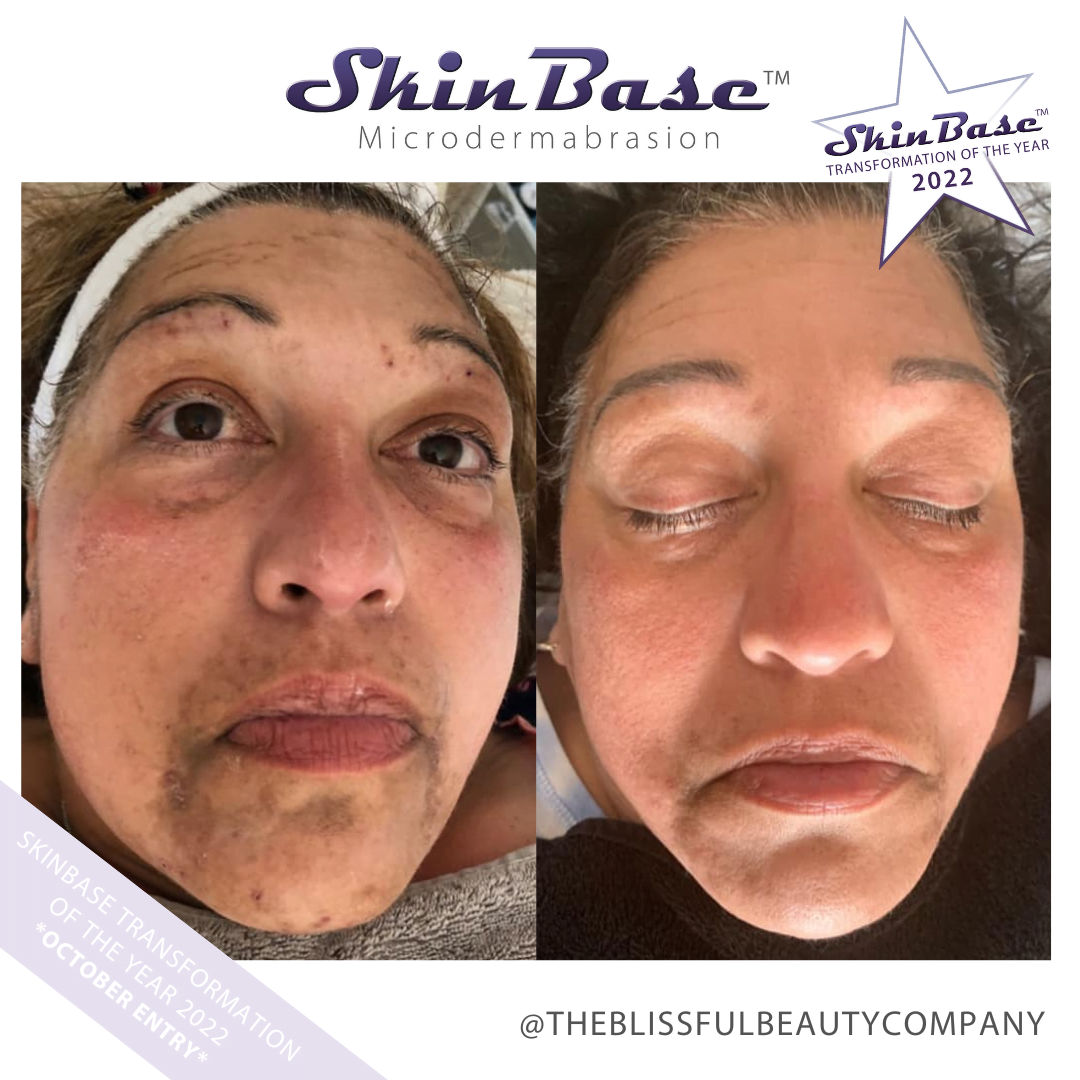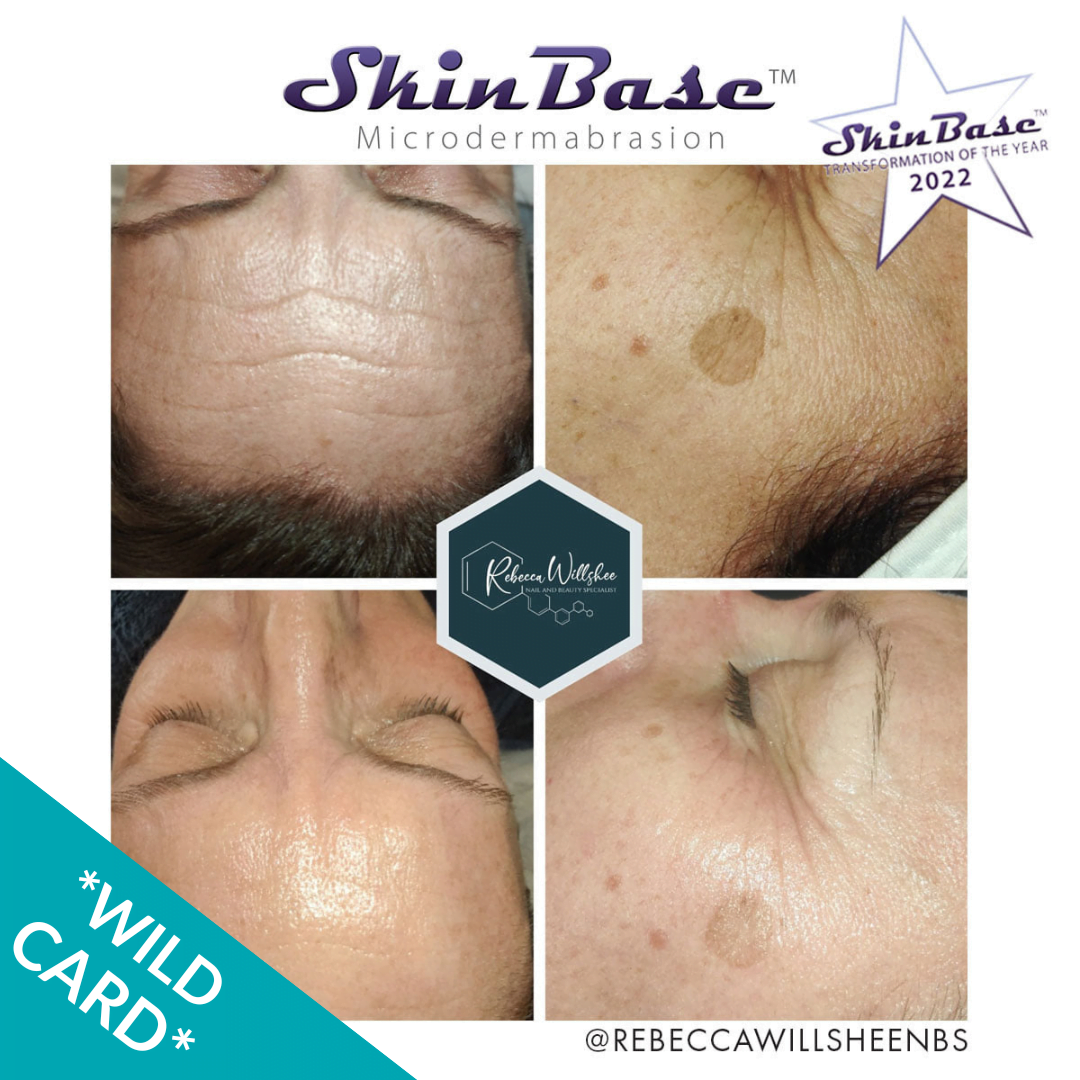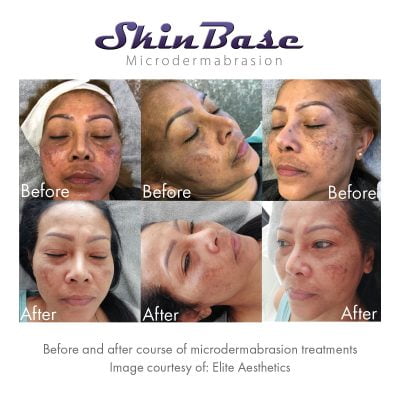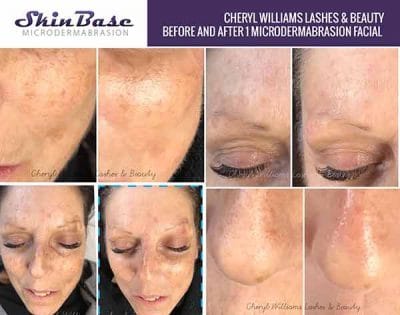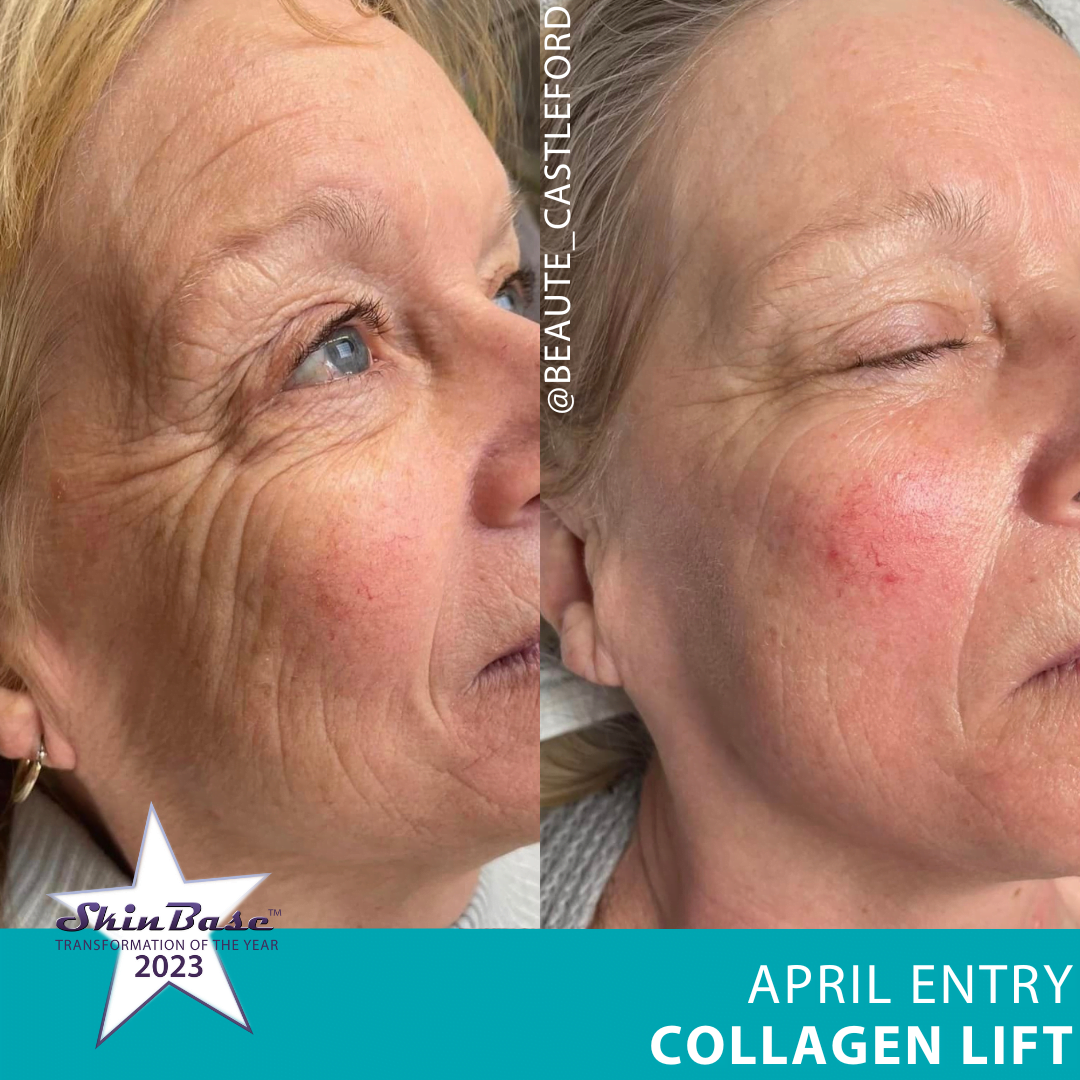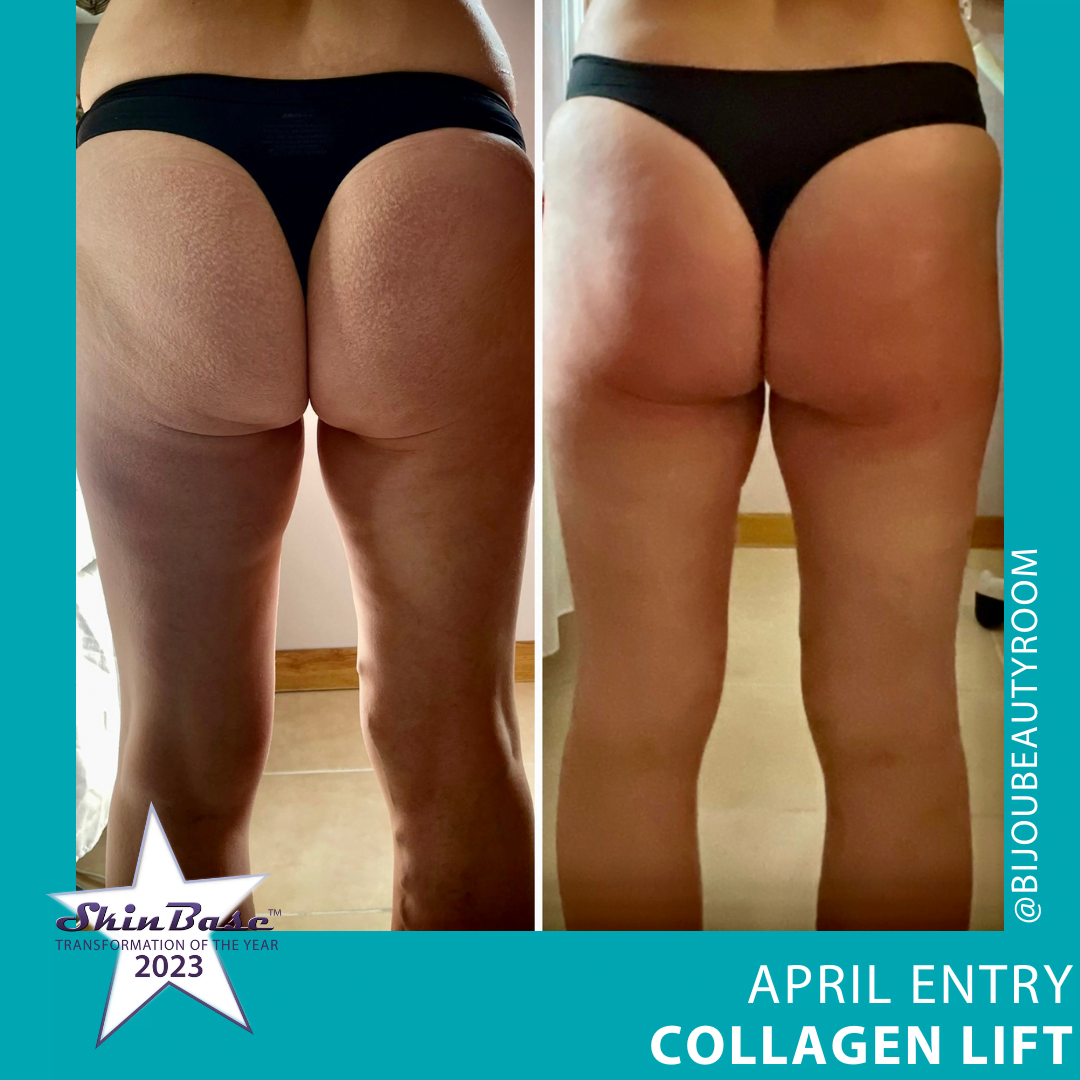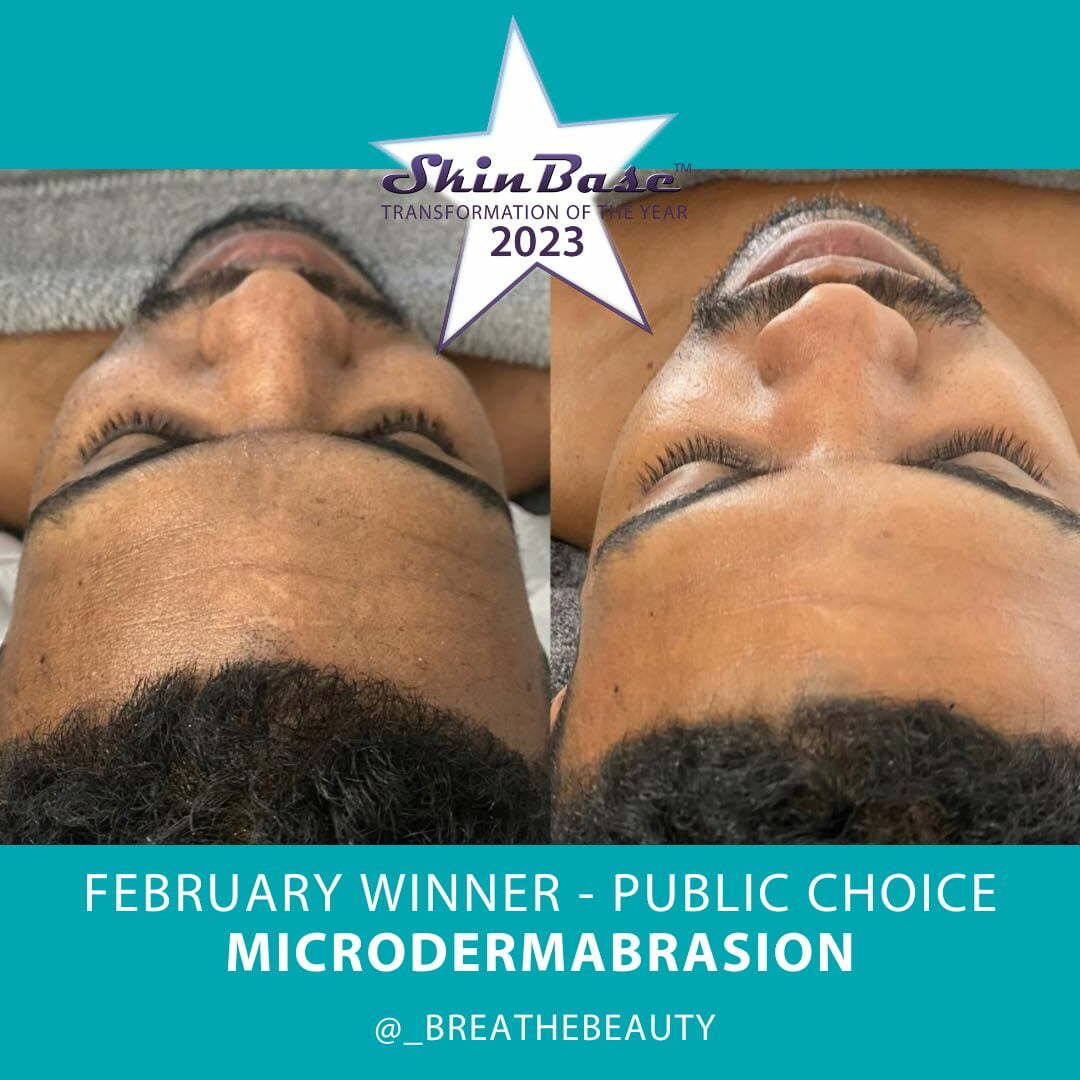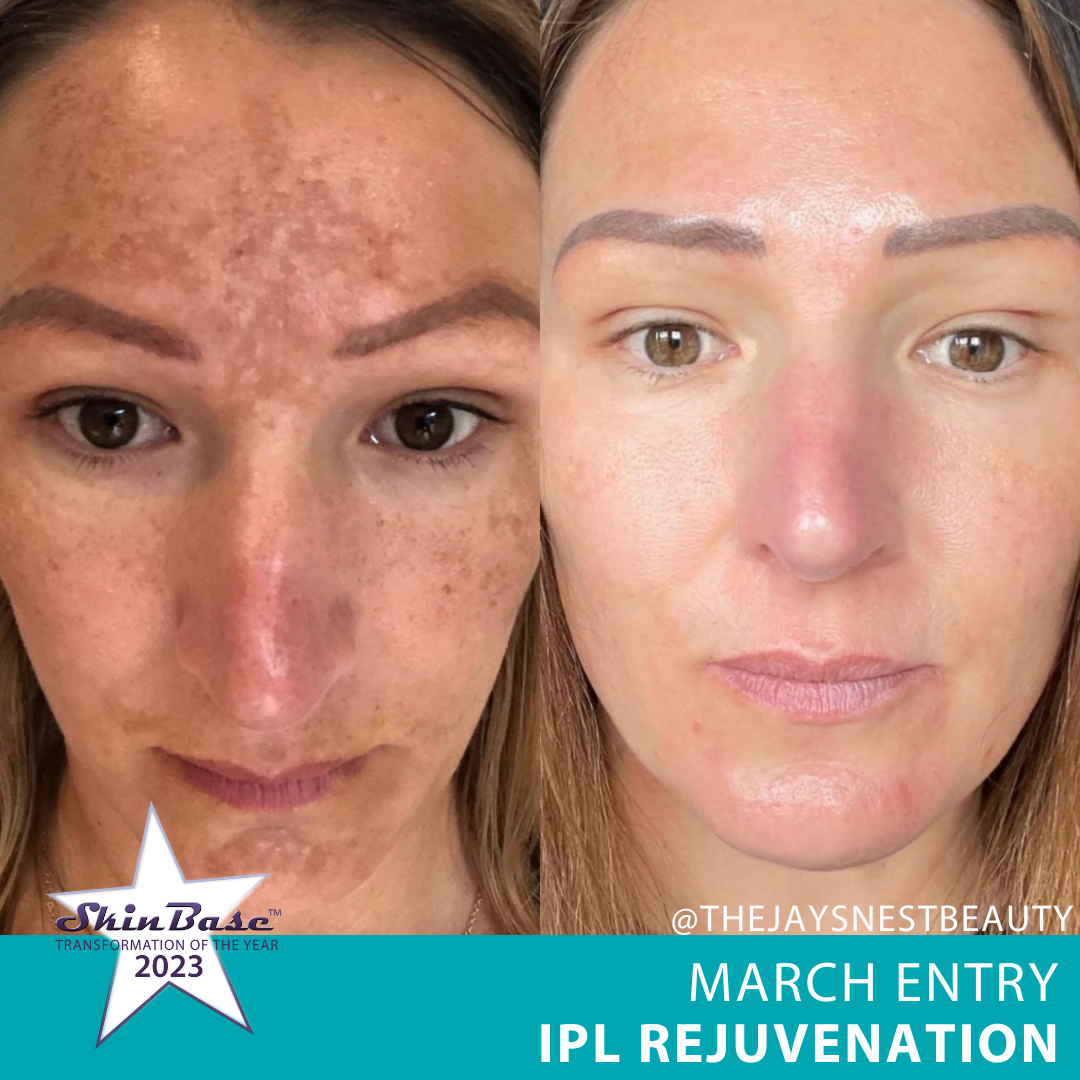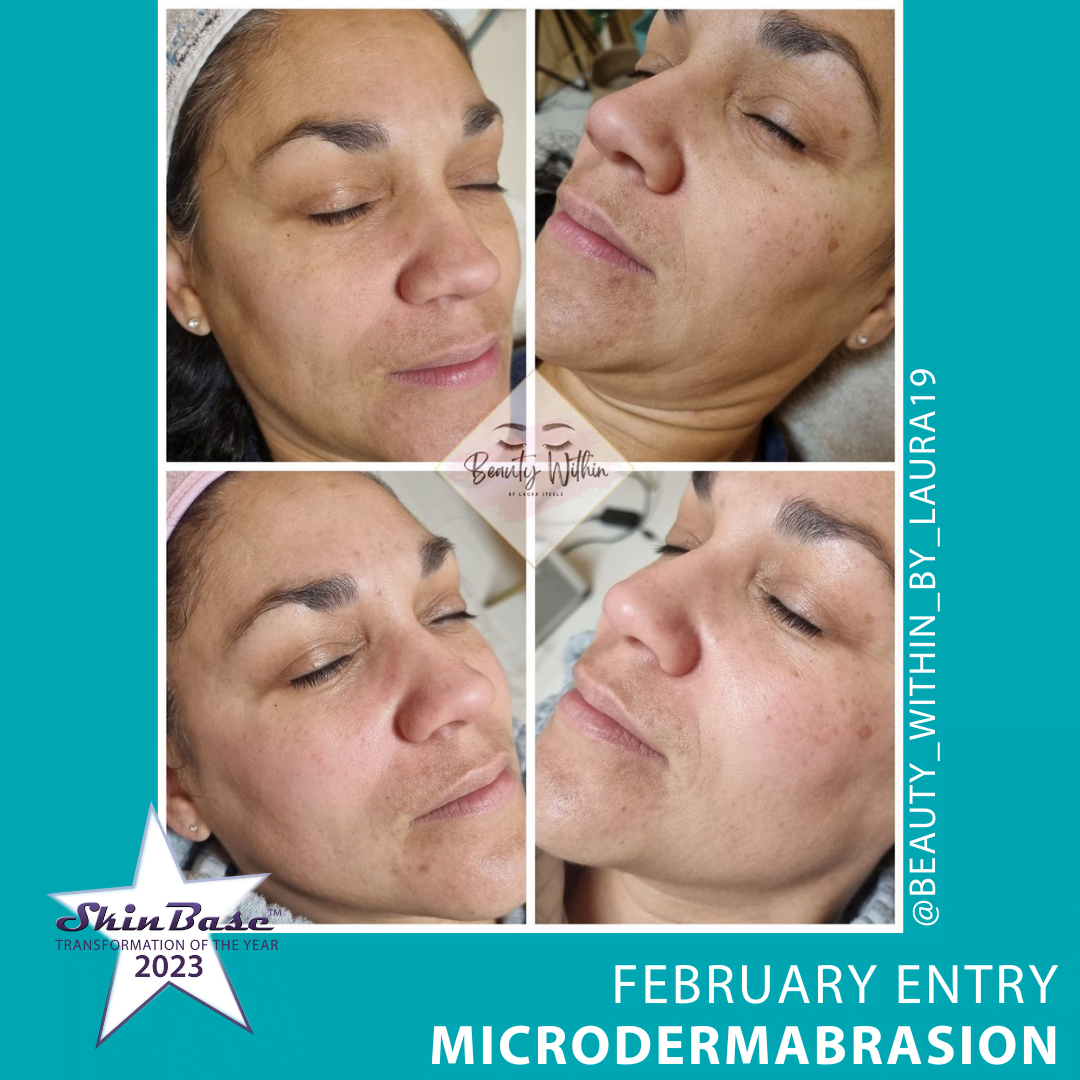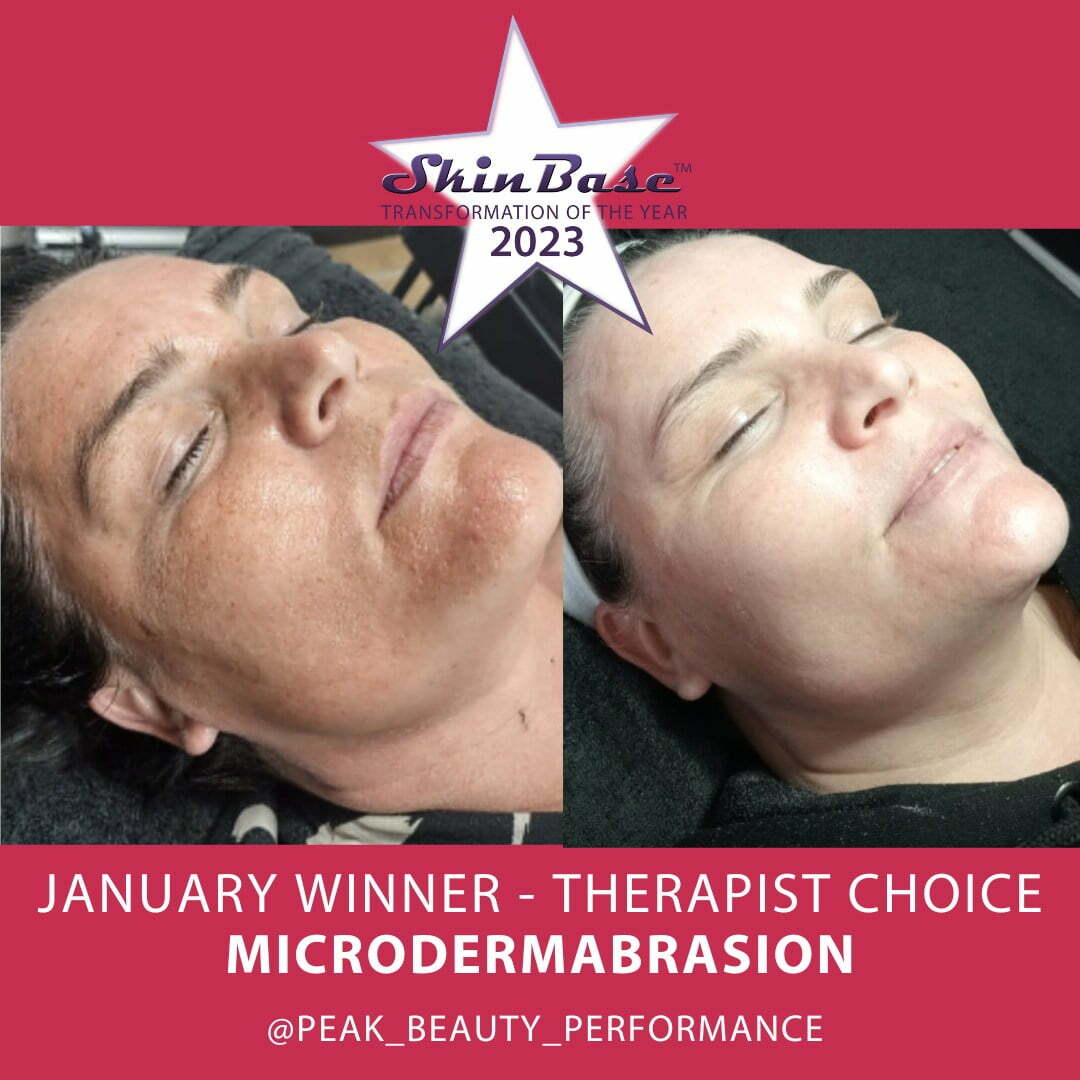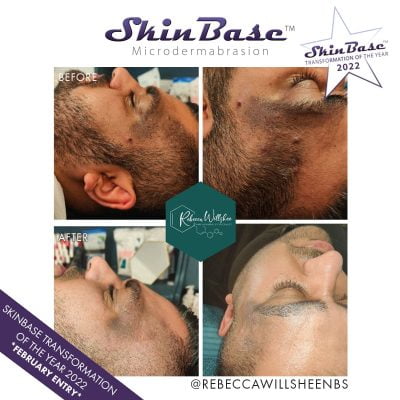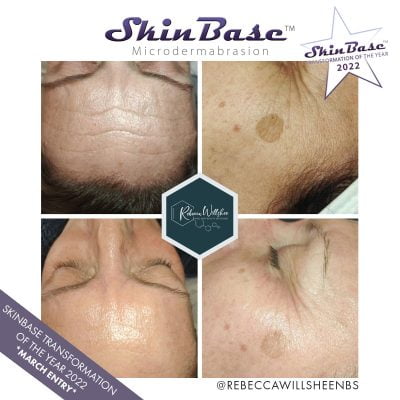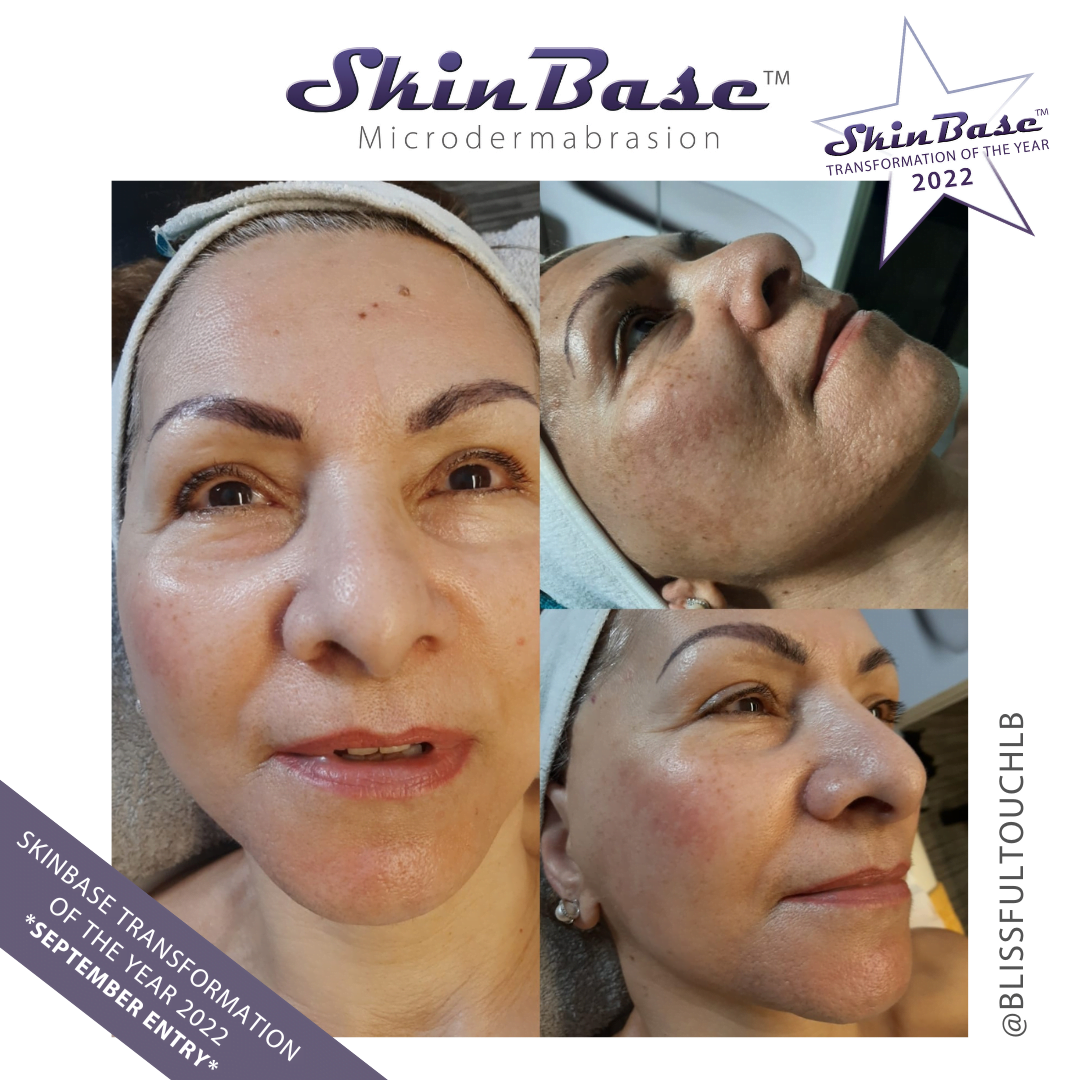If you are suffering with hyperpigmentation on your skin and want to get rid of it, you need to know what it is. While pigmentation conditions often present similarly, it is useful to understand exactly which type you have, so you can treat it effectively. Melasma vs Post Inflammatory Hyperpigmentation is a common debate that often causes confusion. While both conditions manifest as dark patches on the skin, they each have distinct causes and characteristics, which require tailored treatment approaches. Let’s find out how to differentiate between the two conditions.
Melasma vs Post Inflammatory Hyperpigmentation
Melasma is a pigmentation skin condition predominantly affecting women. As a result, it is thought to be largely caused by hormonal fluctuations. Patches of melasma are typically brown or greyish-brown, and appear on the face. Specifically, the forehead, cheeks, nose, and upper lip are commonly affected. Find out more about Melasma on the SkinBase blog.
Melasma Key Features
There are certain key features of melasma which help with the melasma vs post inflammatory hyperpigmentation debate.
- Symmetry: Melasma patches often occur symmetrically on both sides of the face.
- Location: Commonly found on sun-exposed areas, as melasma is prone to worsening with UV exposure.
- Hormonal Influence: Hormonal fluctuations play a significant role in the development of melasma, making it more common in women during pregnancy or while taking hormonal medications.
Melasma vs Post Inflammatory Hyperpigmentation
Post-inflammatory hyperpigmentation (PIH), on the other hand, is a pigmentation conditions that occurs with inflammation or injury to the skin. Darkened patches of skin commonly appear where there has been acne lesions, insect bites, burns, or any other trauma that causes inflammation within the skin. Unlike melasma, this condition is not exclusive to any particular gender or skin type and can affect individuals of all ages. Find out more about Post Inflammatory Hyperpigmentation on the SkinBase blog.
Post Inflammatory Hyperpigmentation Key Features
There are certain key features of PIH which help with the melasma vs post inflammatory hyperpigmentation debate.
- Asymmetry: Unlike melasma, PIH occurs asymmetrically and is often related to specific sites of inflammation or injury.
- Temporary Nature: PIH is typically a temporary condition and fades over time as the skin heals.
- Diverse Causes: PIH can result from various skin traumas, making it a more universal concern across different skin types.
